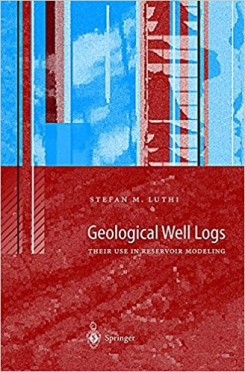Geological Well Logs
Well logging has come a long way from the simple electrical devices of the early years. Today's tools are not only much more accurate but much more diverse in their applications. Among these are tools that characterize geological properties of rocks in the borehole in a way that was previously only possible with oriented cores. Thus, borehole imaging, nuclear spectroscopy, nuclear magnetic resonance, and paleomagnetic logging provide precise information about bedding, mineralogy, texture, and age of the rocks traversed by a borehole. Many of these logs can not only be acquired in the traditional "wireline" mode, but also in logging-while-drilling mode where the sensors are placed directly behind the drill bit, and the measurements are transmitted in real-time to the surface. Combined with new technology to drill deviated wells, the geoscientist now has tools which allow him to characterize and develop reservoirs more accurately than ever. This book, written for researchers, graduate students and practising geoscientists, documents these techniques and illustrates their use in a number of typical case studies.
- Genre: All Books, Petrophysics
Cast & Characters
| 3-11 | Overview |
| 12-20 | History of Logging |
| 21-34 | The Petrophysical Approach |
| 37-73 | Dipmeter |
| 74-123 | Electrical Borehole Imaging |
| 124-146 | Acoustic Borehole Imaging |
| 147-153 | Density Borehole Imaging |
| 154-158 | Optical Borehole Imaging |
| 159-182 | Nuclear Magnetic Resonance Logging |
| 183-215 | Nuclear Spectroscopy Logging |
| 216-235 | Paleomagnetic Logging |
| 236-244 | Core Sampling |
| 247-258 | Structural Modeling |
| 259-296 | Bedding and Reservoir Zonation |
| 297-316 | Fractured Reservoir Analysis |
| 317-341 | Well Correlation |
| 342-357 | Geological Drilling |
| 358-363 | Conclusions |

